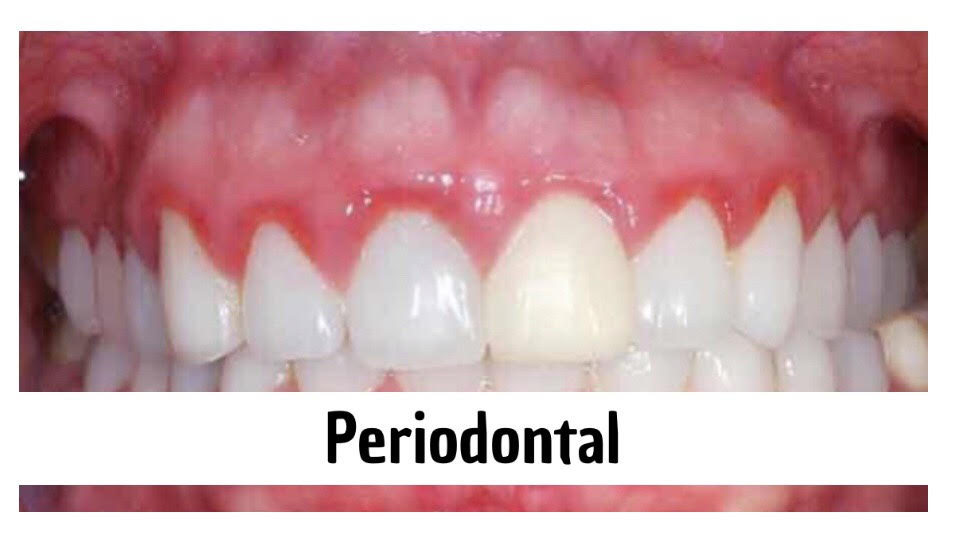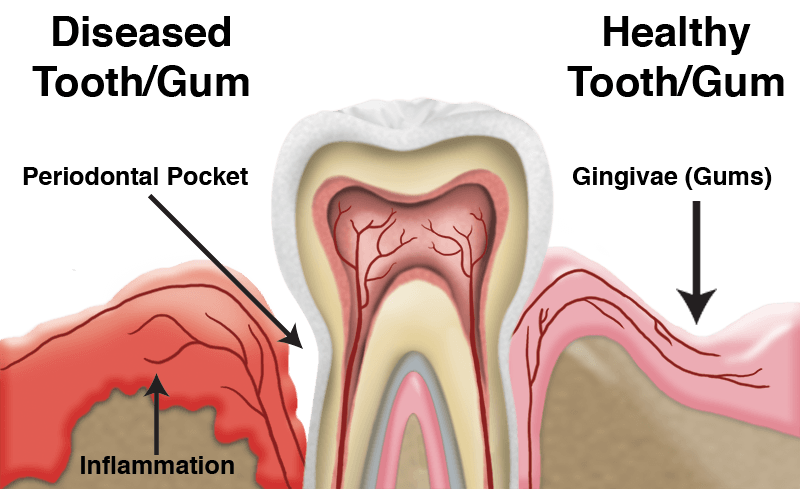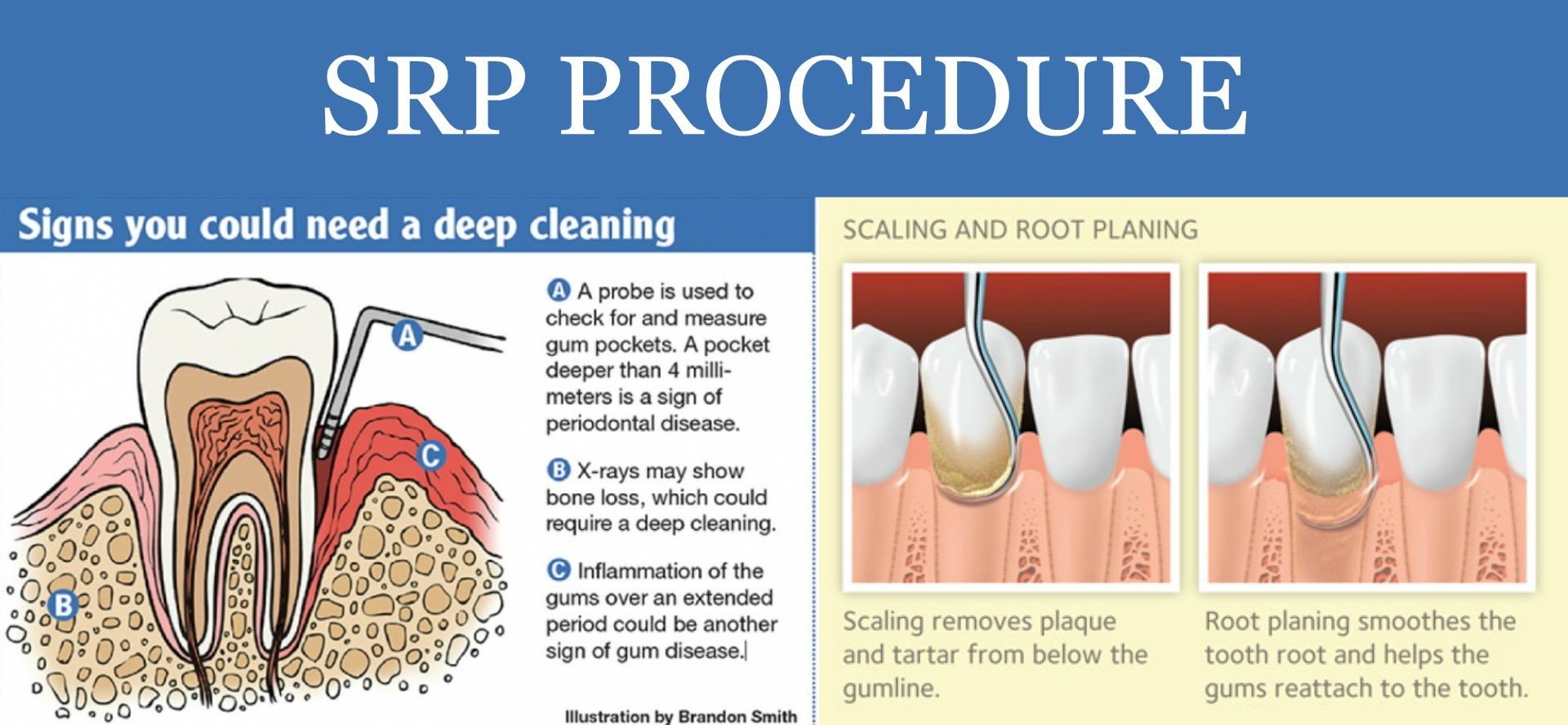- Navigation
- OUR OFFICE
- » MEET OUR DOCTOR
- » MEET OUR STAFF
- » OFFICE TOUR & INFORMATION
- SERVICES
- » FIRST OFFICE VISITS
- » CHILDREN DENTAL CARE
- » PREVENTATIVE CARE
- » COMPOSITE FILLINGS
- » PERIODONTAL
- » ROOT CANAL THERAPY
- » CROWN & BRIDGE
- » EXTRACTIONS
- » DENTURES
- » IMPLANT DENTISTRY
- » WHITENING
- PAYMENTS
- » INSURANCE
- » FINANCING
- » SCHEDULING
- » DENTAL EMERGENCIES
- » SPECIAL OFFERS
- NEW PATIENT
- CONTACT
What Is Periodontal Disease?
Periodontal (gum) disease is an inflammation of the tissues that support your teeth. Periodontal disease is considered a “silent” disease because it is usually painless. It is caused by plaque, a sticky film of bacteria that forms constantly on teeth. Plaque that is not removed causes gums to be pulled away from your teeth, forming pockets. Plaque can also harden into calculus (tartar). The pockets and hard calculus make it difficult to remove plaque without help from a dentist, and periodontal disease can develop.
Individuals that have poor oral hygiene, smoke/chew tobacco, take steroids, have a family history of periodontal disease, are pregnant, have certain systemic diseases such as diabetes, or take certain drugs are at a higher risk for developing periodontal disease.
Periodontal disease is classified into 2 major stages according to the severity of the disease: GINGIVITIS and PERIODONTITIS
Gingivitis
Gingivitis is the milder form that only affects the gums. Gums can become red, swollen and bleed easily. At this stage, the disease is still reversible if caught early one and properly treated.
Periodontitis
If left untreated, gingivitis can turn into periodontitis, where the gums and bone that support the teeth can become seriously damaged. Teeth -even healthy teeth - may become loose and need to be extracted. The best way to avoid periodontal disease is to practice good oral hygiene and visit your Dentist regularly.
Source: American Dental Association
Treatment
Treatment may be performed by a periodontist, a dentist or a dental hygienist. The goal of periodontitis treatment is to thoroughly clean the pockets around teeth and prevent damage to surrounding bone. You have the best chance for successful treatment when you also adopt a daily routine of good oral care and stop tobacco use.
Nonsurgical treatments
If periodontitis isn't advanced, treatment may involve less invasive procedures, including:
- Scaling. Scaling removes tartar and bacteria from your tooth surfaces and beneath your gums. It may be performed using instruments, a laser or an ultrasonic device.
- Root planing. Root planing smoothes the root surfaces, discouraging further buildup of tartar and bacteria, and removes bacterial byproducts that contribute to inflammation and delay healing or reattachment of the gum to the tooth surfaces.
- Antibiotics. Topical or oral antibiotics can help control bacterial infection. Topical antibiotics can include antibiotic mouth rinses or insertion of gels containing antibiotics in the space between your teeth and gums or into pockets after deep cleaning. However, oral antibiotics may be necessary to completely eliminate infection-causing bacteria.
Surgical treatments
If you have advanced periodontitis, treatment may require dental surgery, such as:
- Flap surgery (pocket reduction surgery). Your periodontist makes tiny incisions in your gum so that a section of gum tissue can be lifted back, exposing the roots for more effective scaling and root planing. Because periodontitis often causes bone loss, the underlying bone may be recontoured before the gum tissue is sutured back in place. After you heal, it's easier to clean these areas and maintain healthy gum tissue.
- Soft tissue grafts. When you lose gum tissue, your gumline recedes. You may need to have some of the damaged soft tissue reinforced. This is usually done by removing a small amount of tissue from the roof of your mouth (palate) or another donor source and attaching it to the affected site. This can help reduce further gum recession, cover exposed roots and give your teeth a more pleasing appearance.
- Bone grafting. This procedure is performed when periodontitis has destroyed the bone surrounding your tooth root. The graft may be composed of small fragments of your own bone, or the bone may be synthetic or donated. The bone graft helps prevent tooth loss by holding your tooth in place. It also serves as a platform for the regrowth of natural bone.
Lifestyle and home remedies
Try these measures to reduce or prevent periodontitis:
- Brush your teeth twice a day or, better yet, after every meal or snack.
- Use a soft toothbrush and replace it at least every three to four months.
- Consider using an electric toothbrush, which may be more effective at removing plaque and tartar.
- Floss daily.
- Use a mouth rinse to help reduce plaque between your teeth, if recommended by your dentist.
- Supplement brushing and flossing with an interdental cleaner, such as a dental pick, interdental brush or dental stick specially designed to clean between your teeth.
- Get regular professional dental cleanings, on a schedule recommended by your dentist.
- Don't smoke or chew tobacco.
© 2012-2017 HQNguyen.com, All Rights Reserved. Designed by Web Tech Enterprise, LLC.



